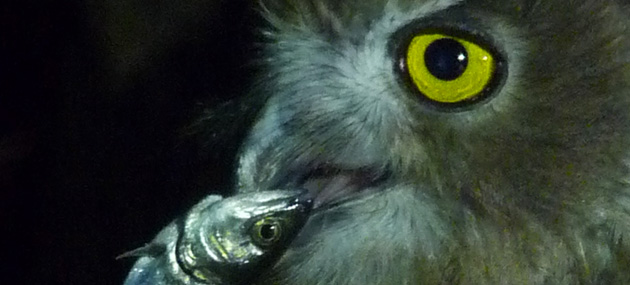The Japan Alps 日本アルプス 立山室堂 乗鞍岳 西穂高岳
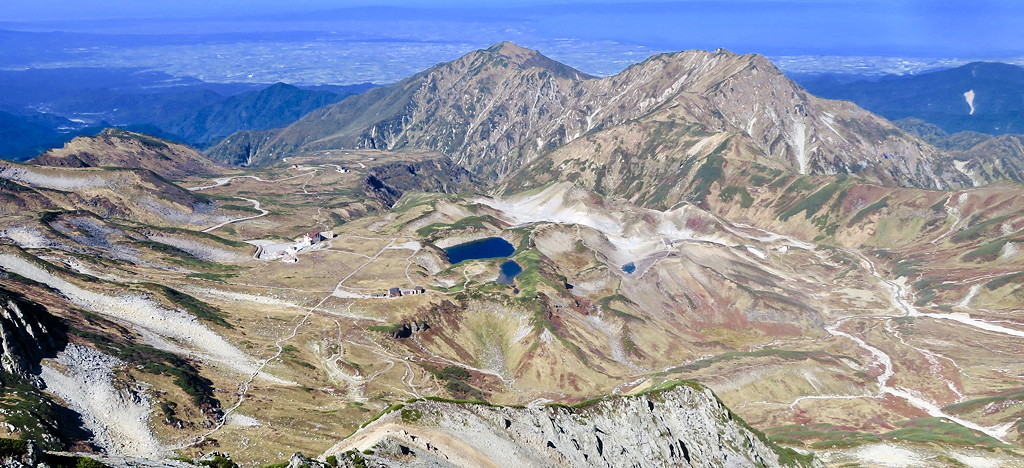 Honshu, the main island of Japan, has a mountainous spine comprised of several ranges of peaks, notably the North, Central and South Alps. Made famous in the late 1800s by the Reverend Walter Weston, an Englishman credited with introducing alpine hiking into Japan. The Japan Alps, as they became known, provide endless opportunities for hiking and birding at a range of altitudes.
Honshu, the main island of Japan, has a mountainous spine comprised of several ranges of peaks, notably the North, Central and South Alps. Made famous in the late 1800s by the Reverend Walter Weston, an Englishman credited with introducing alpine hiking into Japan. The Japan Alps, as they became known, provide endless opportunities for hiking and birding at a range of altitudes.
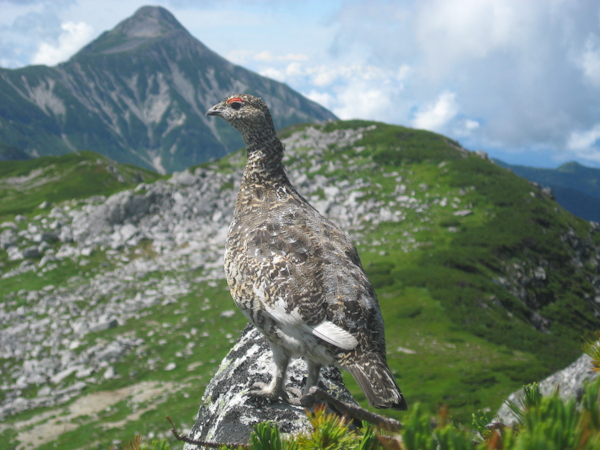 From lowland valley forests to high alpine meadows the species to be found here include: Rock Ptarmigan, Golden Eagle, Japanese Hawk Eagle, Pacific Swift, Lesser Cuckoo, Hodgson's Hawk Cuckoo, Japanese Accentor, Alpine Accentor, Japanese Leaf Warbler and Grey Bunting.
From lowland valley forests to high alpine meadows the species to be found here include: Rock Ptarmigan, Golden Eagle, Japanese Hawk Eagle, Pacific Swift, Lesser Cuckoo, Hodgson's Hawk Cuckoo, Japanese Accentor, Alpine Accentor, Japanese Leaf Warbler and Grey Bunting.
![]() During autumn birds can sometimes be seen migrating along the ridge lines, and species can include Oriental Honey Buzzard, Grey-faced Buzzard, Japanese Lesser Sparrowhawk and White-throated Needletail, as well as pipits, wagtails, finches, thrushes and buntings, to name a few.
During autumn birds can sometimes be seen migrating along the ridge lines, and species can include Oriental Honey Buzzard, Grey-faced Buzzard, Japanese Lesser Sparrowhawk and White-throated Needletail, as well as pipits, wagtails, finches, thrushes and buntings, to name a few.
Mammals in the region include: Asiatic Black Bear, Japanese Serow and Japanese Macaque.
E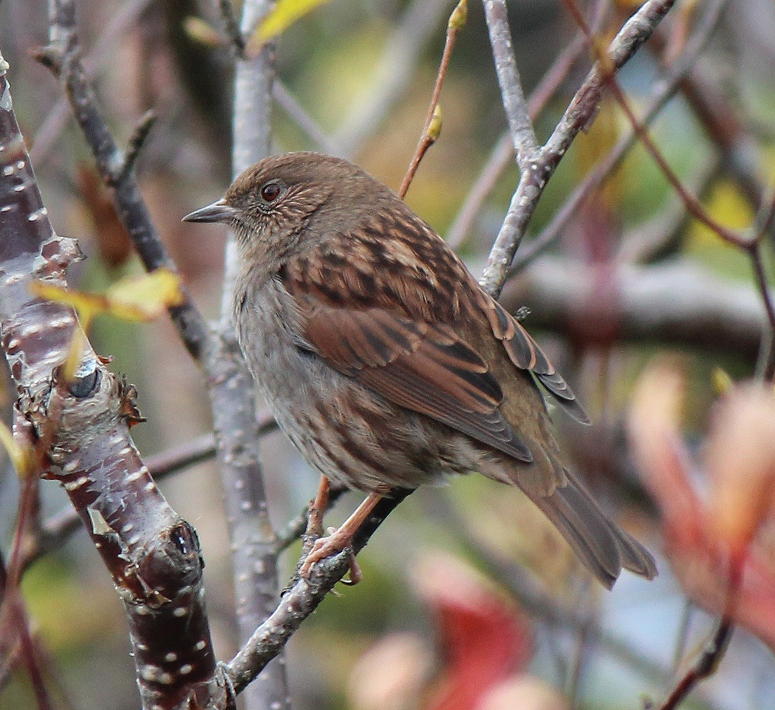 asy access to the peaks is, however, limited, and unless you are an experienced hiker, there are only a handful of places where you can get to the alpine zone using public transportation.
asy access to the peaks is, however, limited, and unless you are an experienced hiker, there are only a handful of places where you can get to the alpine zone using public transportation.
A word of caution about mountain hiking. The mountains will only give you one chance, so do not hike in adverse conditions unless you are properly prepared. To do so otherwise is to invite serious trouble.
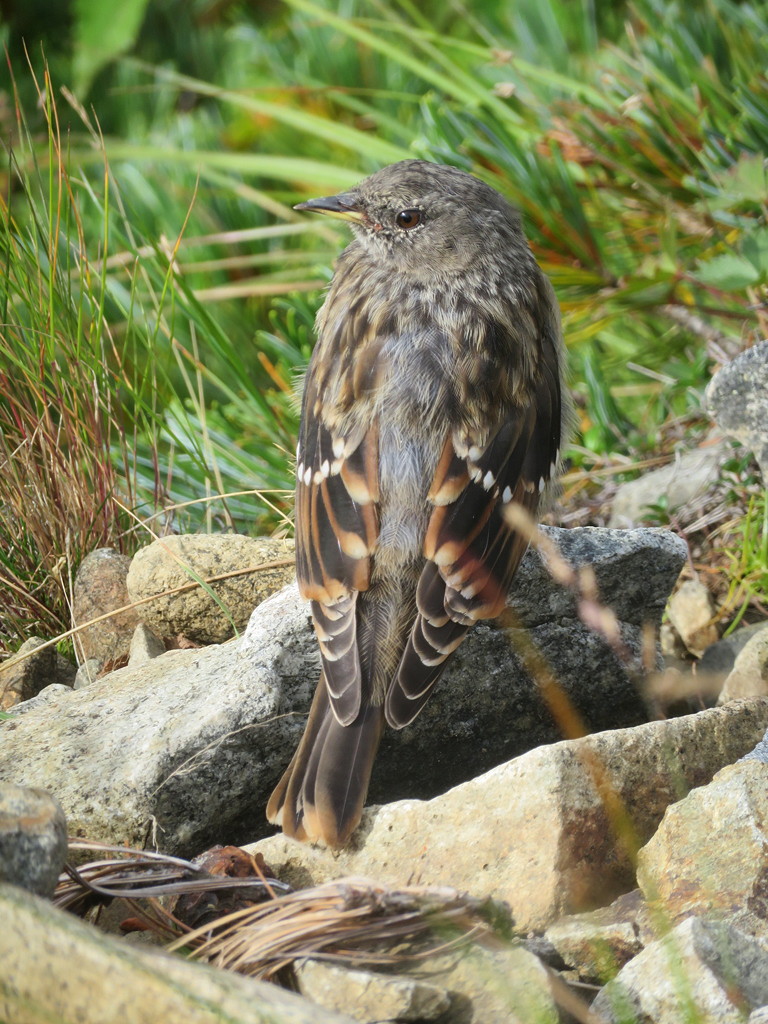 Also note that, due to winter weather conditions, virtually all mountain huts are closed from late November until the middle of April. It is simply too dangerous to be hiking in subzero temperatures and through deep snow at 3,000 m in January or February!
Also note that, due to winter weather conditions, virtually all mountain huts are closed from late November until the middle of April. It is simply too dangerous to be hiking in subzero temperatures and through deep snow at 3,000 m in January or February!
The three main hiking areas are:
1) Tateyama and Murodo (Toyama Prefecture);
2) Mount Norikura (Gifu Prefecture)
3) Nishi-Hodaka (access from Gifu Prefecture).
Access:
1) Tateyama can be reached either from Toyama City (west approach, via train and bus to Murodo Bus Terminal), or from Shinano-Omachi in Nagano Prefecture (east approach, via bus and ropeway to Murodo Bus Terminal).
It is well worth spending one night at Tateyama to experience the mountain environment. During the summer months there are many alpine flowers, and if the weather is good you can also hike to the top of Mt Oyama (3,003 m).
https://www.alpen-route.com/en/
Tateyama accommodation:
http://www.mikuri.com/english/index.html (hot-spring accommodation; recommended)

Hotel Tateyama (https://h-tateyama.alpen-route.co.jp/en/) is nice (and expensive!). An alternative place to stay is Murodo-so lodge (http://www.murodou.co.jp).
Tateyama live camera: https://www.alpen-route.com/en/live_camera/murodo.html
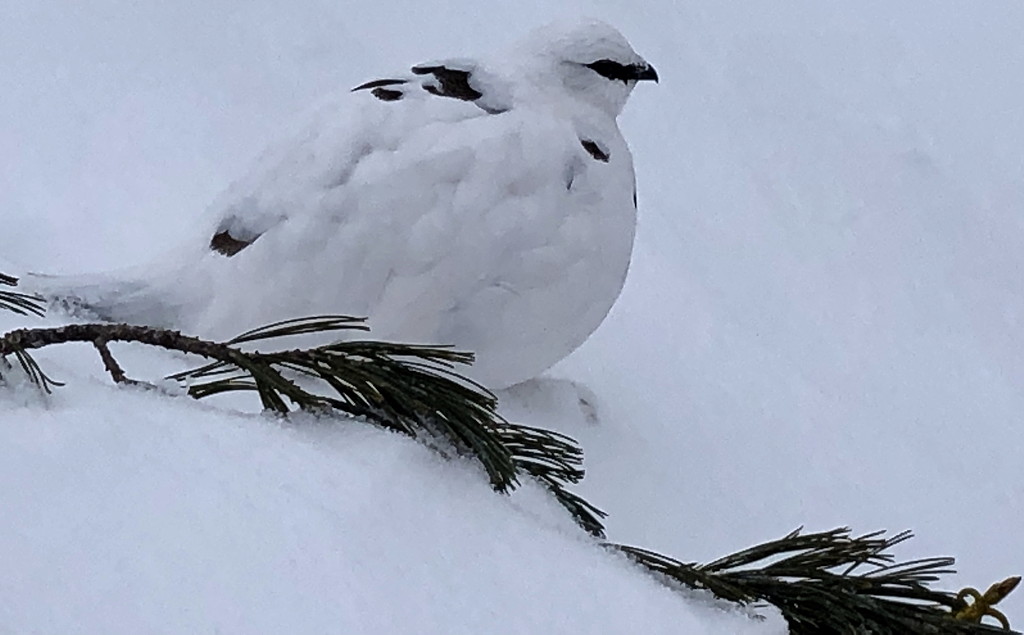 The best places to look for Rock Ptarmigan in the Murodo and Tateyama areas are: Enma-dai viewpoint, close to Mikuriga-ike Onsen; beside the trail running between Mikuriga-ike Onsen and Raicho-sawa lodge; and south of Ichinokoshi hut at the base of Mt Oyama.
The best places to look for Rock Ptarmigan in the Murodo and Tateyama areas are: Enma-dai viewpoint, close to Mikuriga-ike Onsen; beside the trail running between Mikuriga-ike Onsen and Raicho-sawa lodge; and south of Ichinokoshi hut at the base of Mt Oyama.
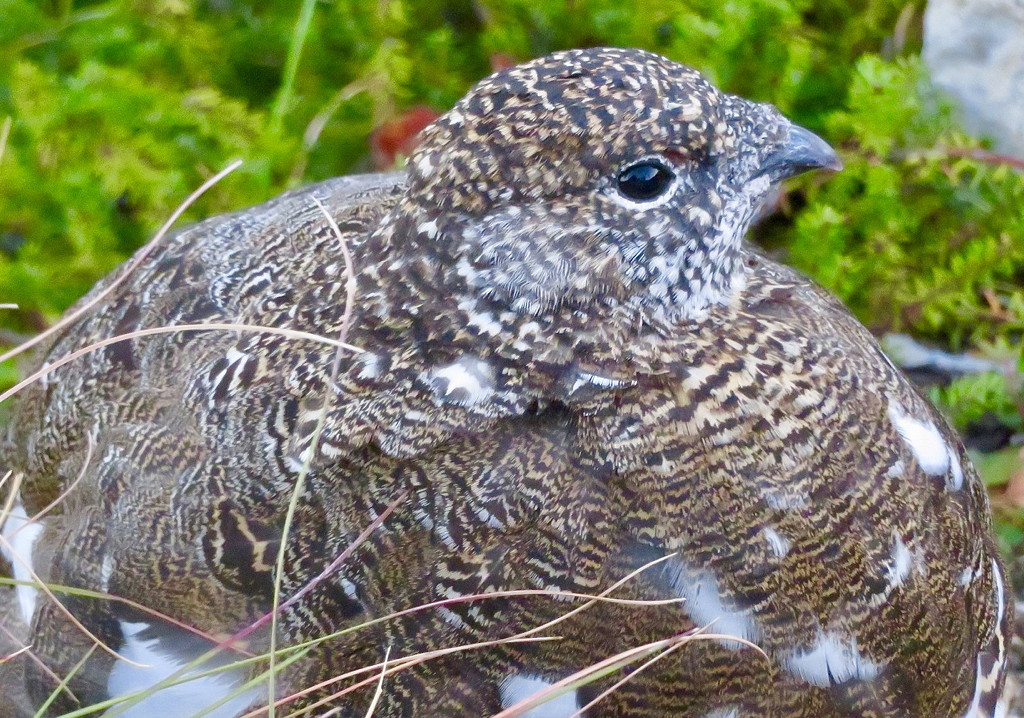 2) Mt Norikura is reached by public bus from either Hirayu Onsen, near Takayama City, or by train and bus from Matsumoto City (Nagano Prefecture) via Shinshimashima Station. Both routes operate only during summer and autumn.
2) Mt Norikura is reached by public bus from either Hirayu Onsen, near Takayama City, or by train and bus from Matsumoto City (Nagano Prefecture) via Shinshimashima Station. Both routes operate only during summer and autumn.
With an early start, a day-trip to Tatamidaira and the surrounding peaks (Kengamine is the highest point) is possible. Weather conditions sometimes force the bus companies to suddenly change departure times or even cancel their services, so check on arrival at Tatamidaira Bus Terminal for any possible complications during your visit.
The best places to look for Rock Ptarmigan are on the route up to Kengamine from Katanokoya lodge, along the trail up to the shelter atop Daikoku-dake, or around the top of Mt Fujimi.
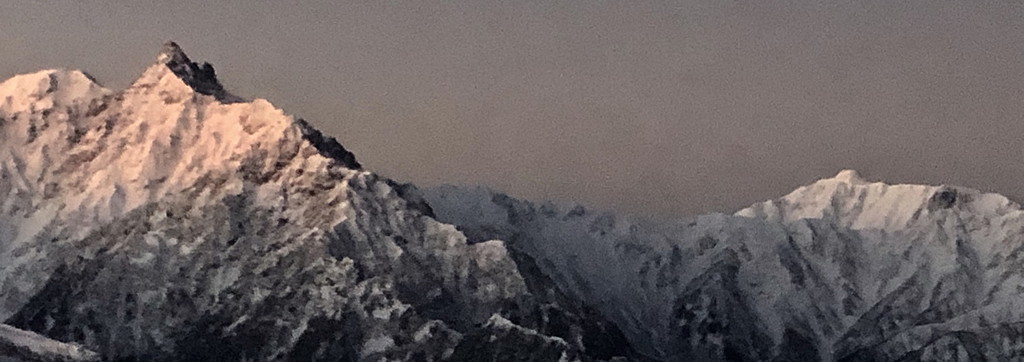 Nohi Bus: https://www.nouhibus.co.jp/route_bus/norikura-line-en/
Nohi Bus: https://www.nouhibus.co.jp/route_bus/norikura-line-en/
Norikura accommodation:
https://norikura-hakuunso.jimdofree.com
http://www6.plala.or.jp/bell-suzuran/katanokoya.html
3) Nishi-Hodaka: Access is via the ropeway from Shin-Hodaka Onsen, which can be reached by car or bus from Hirayu Onsen. It takes an hour or so to hike from the ropeway terminal building to Nishi-Ho mountain hut, and there are Rock Ptarmigan in the vicinity, plus other alpine species.
http://shinhotaka-ropeway.jp.e.uk.hp.transer.com
Nishi-Hodaka accommodation: http://www.nishiho.com/smile.htm

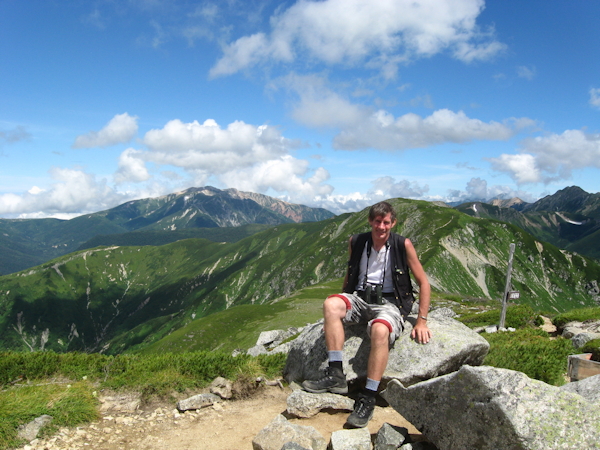 Chris Cook, co-author of A Birdwatcher's Guide to Japan Online, is a regular hiker in these areas and perhaps the most experienced non-Japanese on these high trails. He has made a name for himself with his regular sightings of Rock Ptarmigan and Asiatic Black Bear — two of the high mountain specialities.
Chris Cook, co-author of A Birdwatcher's Guide to Japan Online, is a regular hiker in these areas and perhaps the most experienced non-Japanese on these high trails. He has made a name for himself with his regular sightings of Rock Ptarmigan and Asiatic Black Bear — two of the high mountain specialities.
© 2020 Mark Brazil & Chris Cook
Last updated: 20200618

